Belinda Whyte reviews two new collections for children and educators.
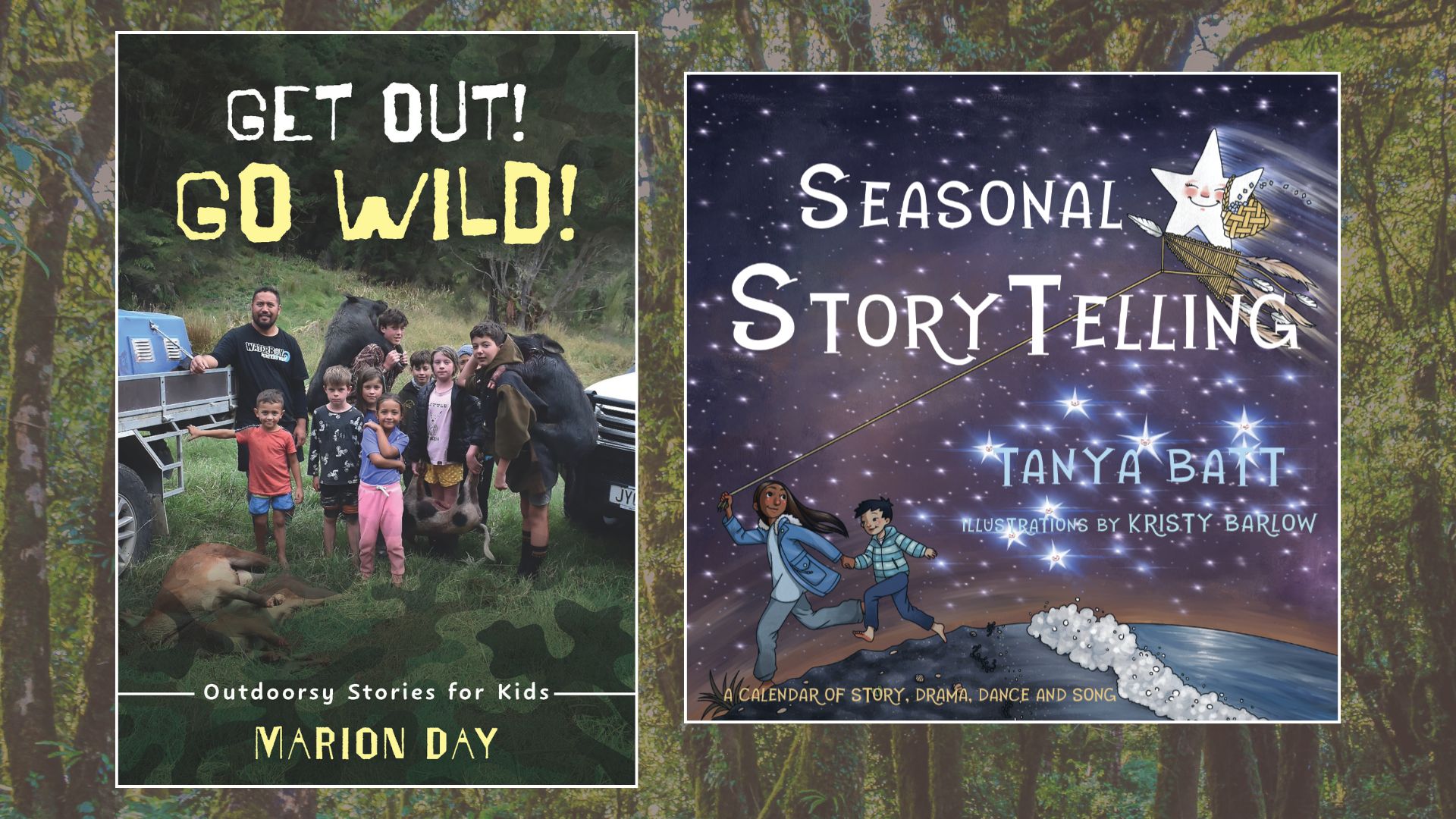
Get Out! Go Wild! Outdoorsy Stories for Kids, by Marion Day
As a literacy teacher in regional New Zealand, I meet many students who are passionate about hunting, fishing, and all things outdoors. In our area, many families live on or around farms, where growing and gathering food for their whānau is a normal part of life—far more common than in urban settings. The surrounding ranges provide prime locations for pig and deer hunting, making these activities a significant part of local culture.
Surprisingly, despite New Zealand’s deep connection to the outdoors, there are very few high quality, accessible books on these topics for young readers, particularly those who have difficulties with reading. Yet, these are exactly the kinds of stories that engage many students and hook them into becoming readers. We are often most drawn to books that reflect our own lives and interests. Many times, I have written short texts alongside students to fill this gap and provide reading material that resonates with them. That’s why I was excited to get my hands on Get Out! Go Wild!—it seemed like the perfect book to meet this need. And it didn’t disappoint! The collection is packed with fascinating hunting tales, interesting facts, and funny escapades. I know many young readers will be thrilled to find a book that speaks to their passion for adventure—getting out and going wild!
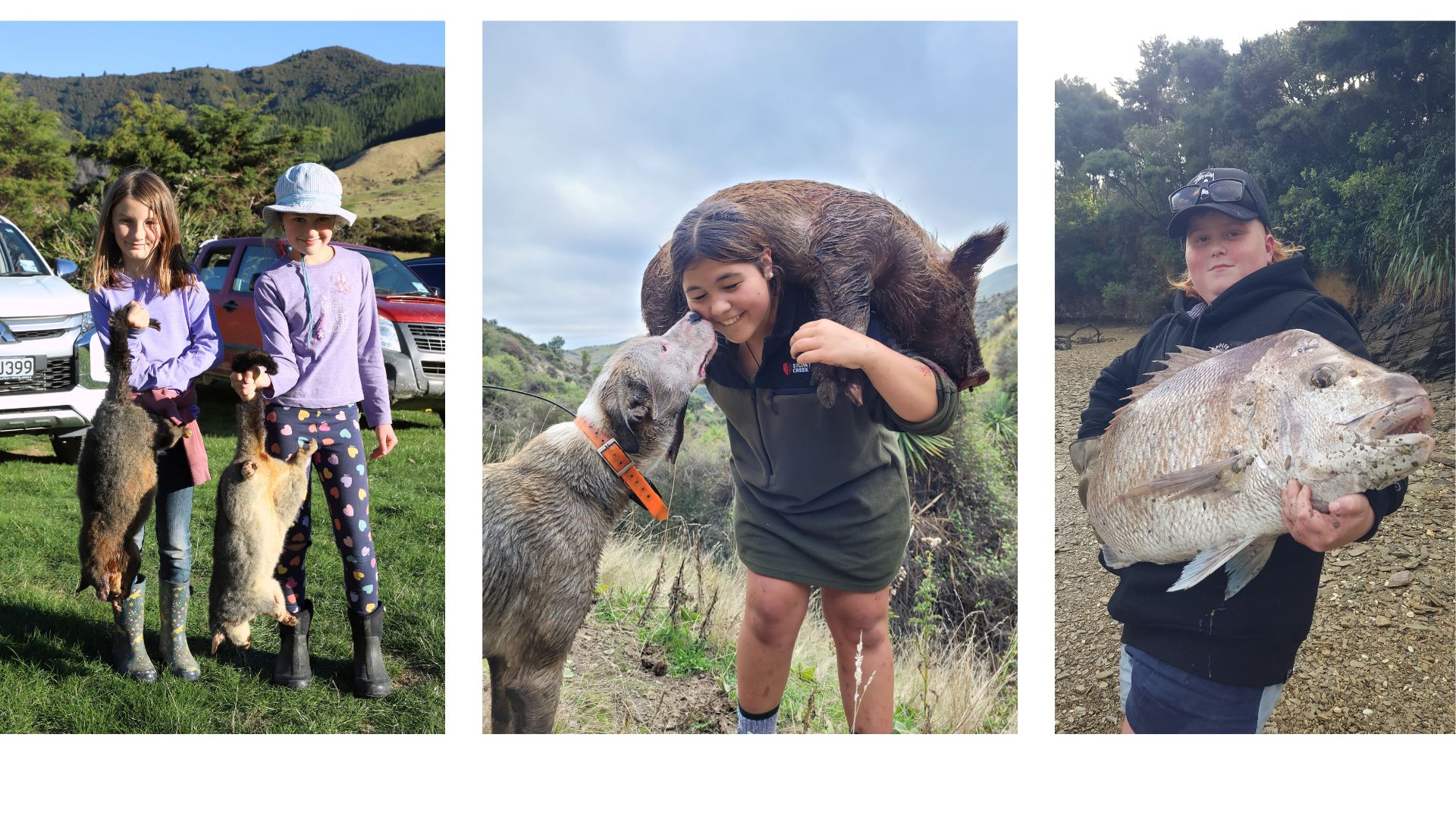
However, while Get Out! Go Wild! gets the content right for outdoors-loving readers, it falls short in other key areas. One major issue is the sheer volume of texts included. With sixty eight different pieces—articles, jokes, and more—the book becomes overwhelming. Young readers, especially those who find reading difficult, can find such an abundance daunting, making them less likely to engage with the text at all. The collection would have benefited from more careful curation, prioritising fewer but stronger selections. A smaller number of well crafted, well edited, and thoughtfully laid out pieces would have made for a more impactful and enjoyable reading experience. As the saying goes, quality over quantity.
The writing style of the texts varies throughout the collection, with some sections featuring awkward descriptions or transitions between paragraphs that feel clunky. A few stories have plotlines that seem to go nowhere or are resolved in ways that don’t feel fully satisfying. While these aspects may not stand out to all readers, I found them distracting. The inclusion of stories written by children is a wonderful way to highlight young writers and showcase their creativity. However, other pieces, from the author, could benefit from further revision and a stronger personal voice.
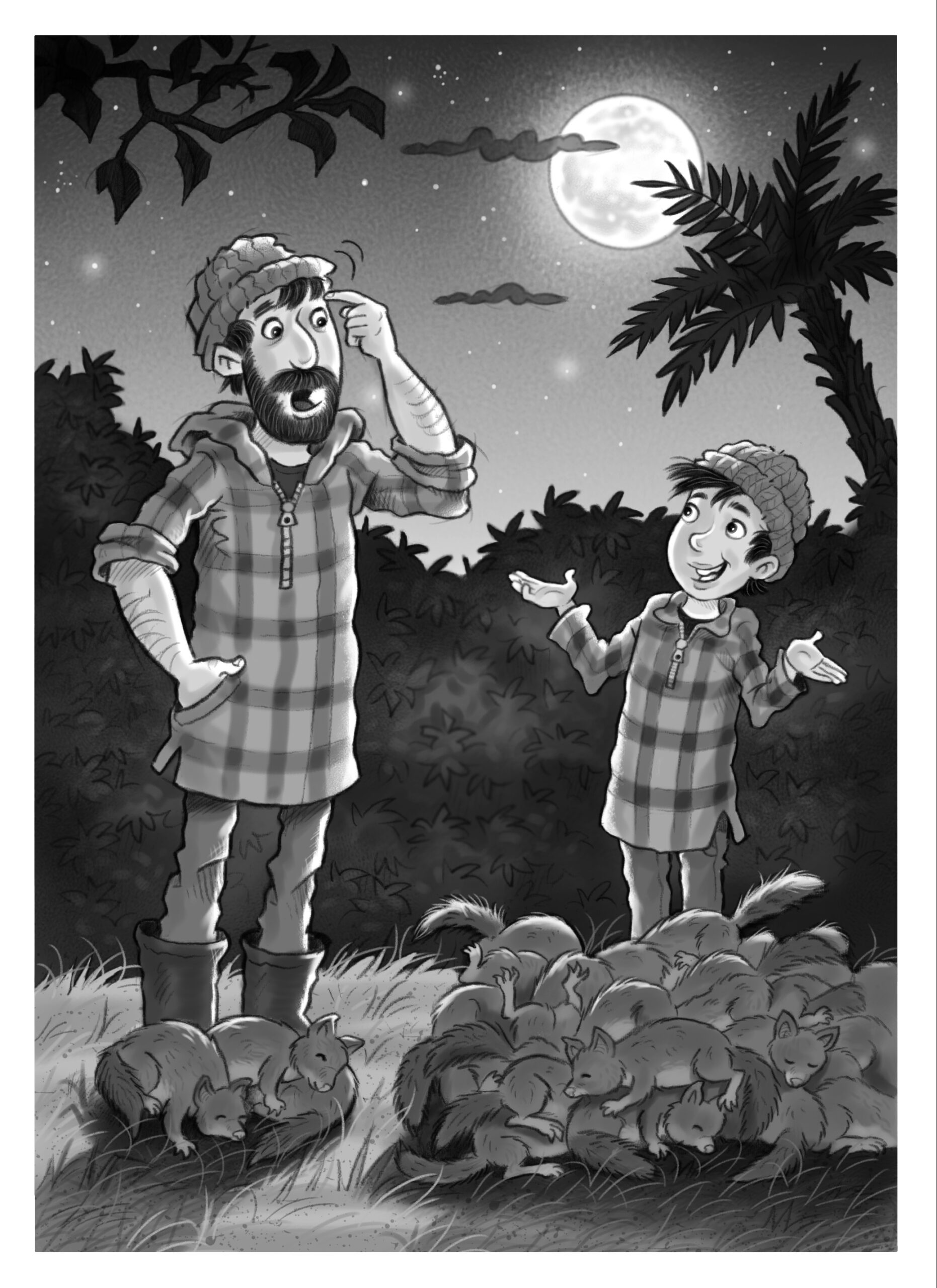
Another issue is the book’s layout. The full color photos of real children exploring the New Zealand wilderness are fantastic—they capture the joy and pride on the kids’ faces as they take part in adventures in the New Zealand wilderness. However, the placement of these images feels disjointed. Rather than enhancing the reading experience, they interrupt it, breaking up the flow of the text in awkward ways. Additionally, the book features large blocks of small type, which can be difficult and uninviting for any reader, let alone those who may already find reading challenging. Effective book design is about more than just the words—it’s also about how the text is presented and how it guides the reader through the content.
Despite these structural flaws, Get Out! Go Wild! does fill an important gap in children’s literature in Aotearoa. It offers stories that reflect the lives of many young New Zealanders, providing them with a sense of connection and excitement. With a stronger editorial approach, it could have been an outstanding resource. Even so, for young hunters, fishers, and adventurers, this book is sure to be a hit.
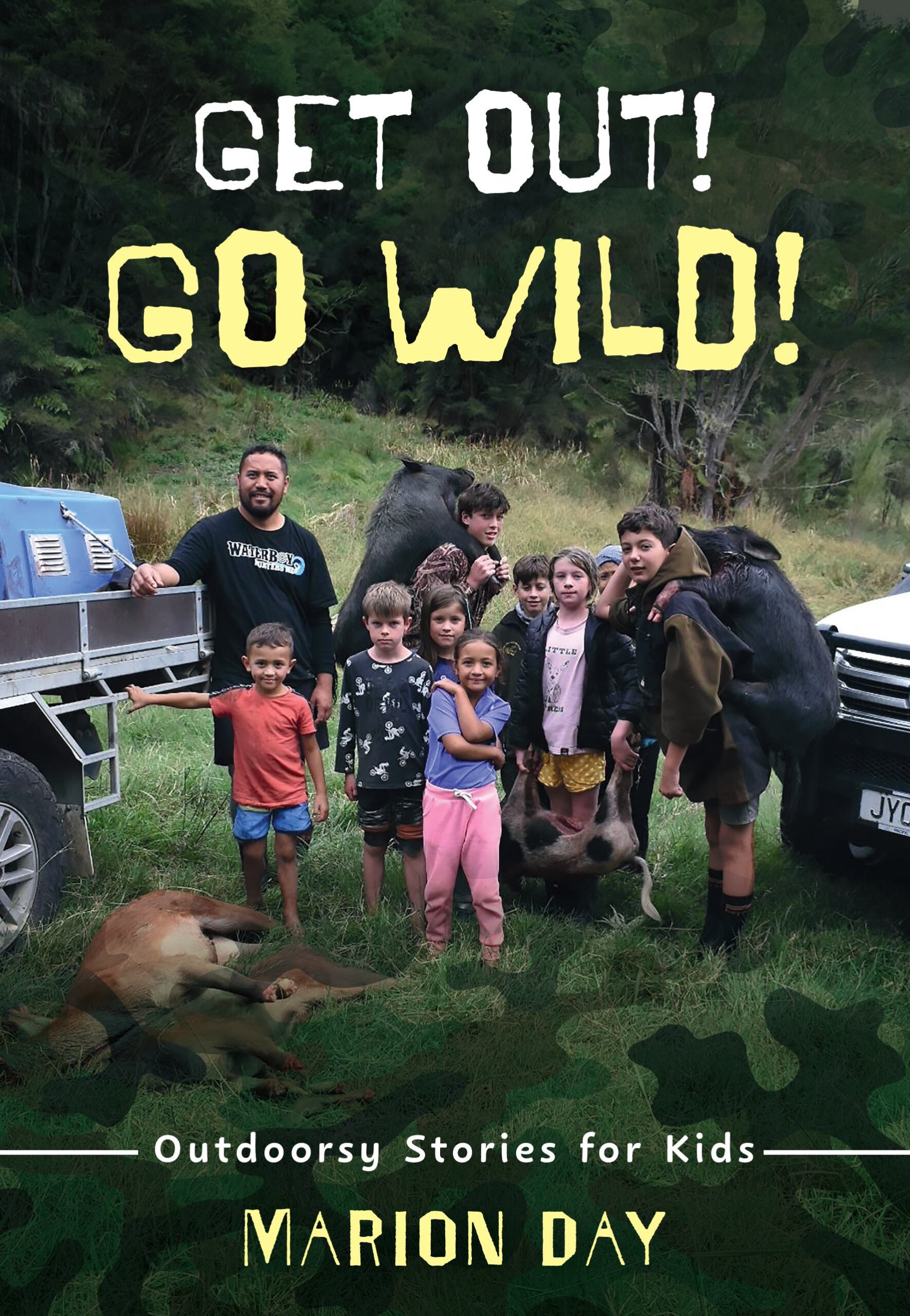
Seasonal Storytelling, by Tanya Batt
Storytelling is a wondrous part of human nature and society. As readers of The Sapling, I’m sure I don’t need to convince you of that. Storytelling is also a powerful teaching tool to support a number of things—reading and writing of course, but also oral language, self-regulatory skills, empathy and more. Done well, storytelling can enchant learners and make even mundane tasks feel engaging and purposeful. Even if they are done less well, children generally appreciate the effort and are typically happy to go along for the ride. After all, kids love stories—don’t we all?
The author, Tanya Batt, is a prolific storyteller, both in person and in print. In Seasonal Storytelling, her latest book for parents and educators, she shares her wisdom, talent, and expertise in an inviting and user-friendly way. The book is structured into collections of stories for each season, which is helpful for teachers looking to plan their year and align their storytelling with the natural rhythms of the year.
Accompanying the text are beautifully crafted illustrations from Kristy Barlow that serve more than just an aesthetic purpose—they provide inspiration for teachers. Whether depicting seasonal scenes, scenes from the stories, or flora, fauna, and wildlife, the illustrations help bring the stories to life and may spark ideas for dramatic storytelling, classroom displays, or themed activities.
Children are naturally observant and attuned to their surroundings, a skill that supports learning in many ways. Noticing needs to be nurtured, and the stories and techniques Tanya has compiled offer an engaging way to do just that. The book includes stories from around the world, rich in variety and style.

As a young teacher just starting out, I reveled in creating opportunities for students to learn in this way, through the sharing of stories. Some people are natural storytellers, able to weave a tale effortlessly, while others may need a little guidance to craft and deliver a compelling story. Practice and preparation are key tools for successful storytelling. Seasonal Storytelling is an excellent resource to support this process. The appendix of drama and storytelling terms is particularly helpful, presented in a simple and accessible way, so they don’t feel overwhelming. A fun addition is the concept of ‘Foot Stories’, where the storyteller uses their legs, arms, and feet to enhance the narrative with actions. These activities are bound to delight children and encourage participation.
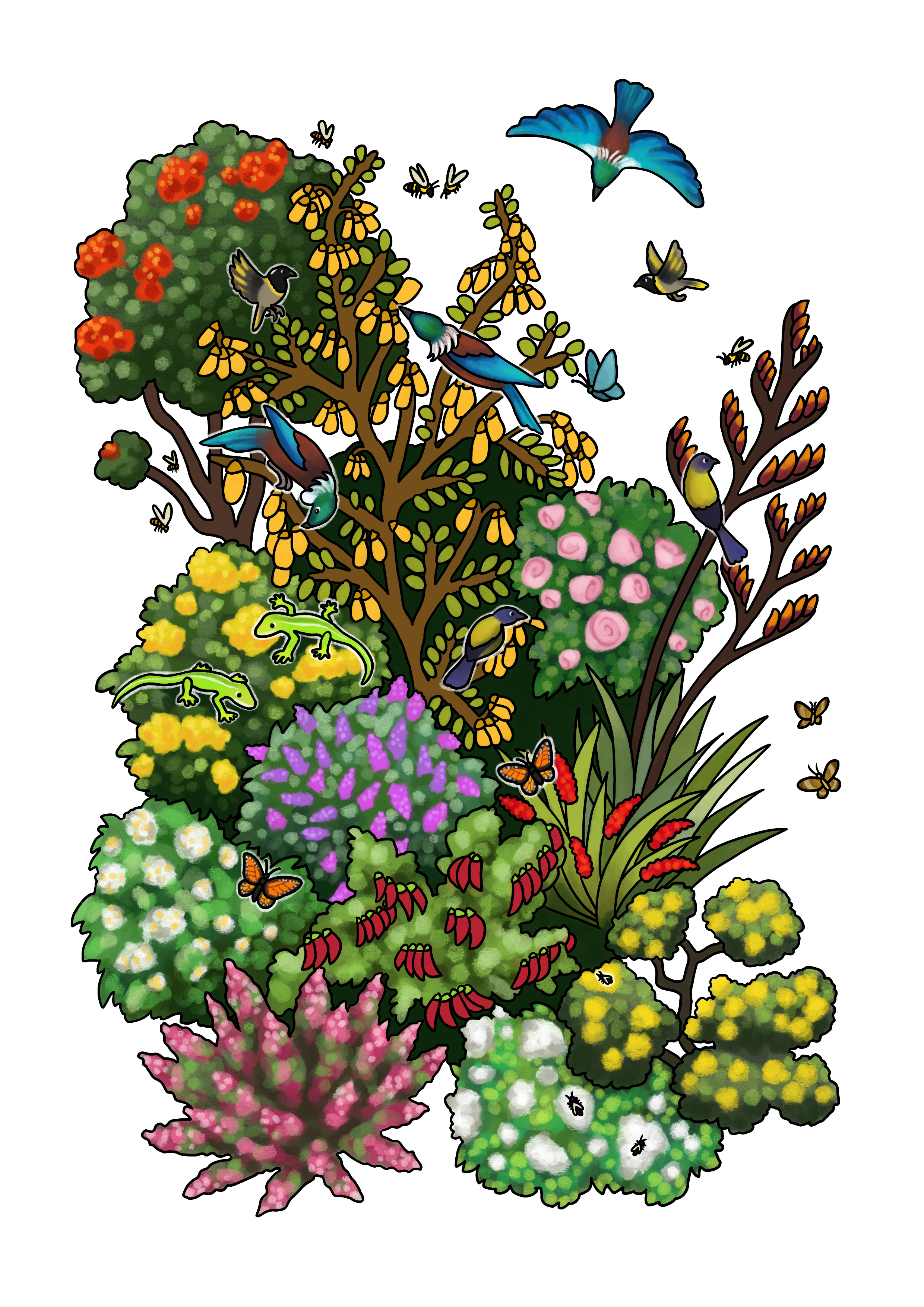
One point of confusion for me was some of the seasonal references. Tanya includes Halloween references in the Autumn section and Easter in Spring, while here in New Zealand, Halloween is in Spring and Easter in Autumn. She acknowledges the strong influence of Northern Hemisphere traditions, which makes sense from a global perspective, but for teachers in New Zealand, this could require some adaptation. The stories themselves remain engaging, however, matching them with our seasonal cycle might take a little extra thought for teachers and students.
Throughout the book, Tanya frequently uses ‘I wonder’ questions to spark curiosity and encourage discussion. This technique, a form of provisional language, can be a great way to engage students in deeper thinking and to encourage them to share more freely. However, I felt it was sometimes overused in the text—when repeated too often, the phrase can lose its impact. At times, a direct question, especially an open question, can be more effective. Students are perceptive and can recognise when something feels inauthentic. ‘I wonder’ generally works best when it’s attached to a genuine question, rather than one where the teacher already knows the answer.
These are minor critiques of an otherwise excellent resource for teachers of preschool and early primary students. Seasonal Storytelling is a valuable tool for anyone looking to enrich the teaching and learning in their classroom with the magic of stories.
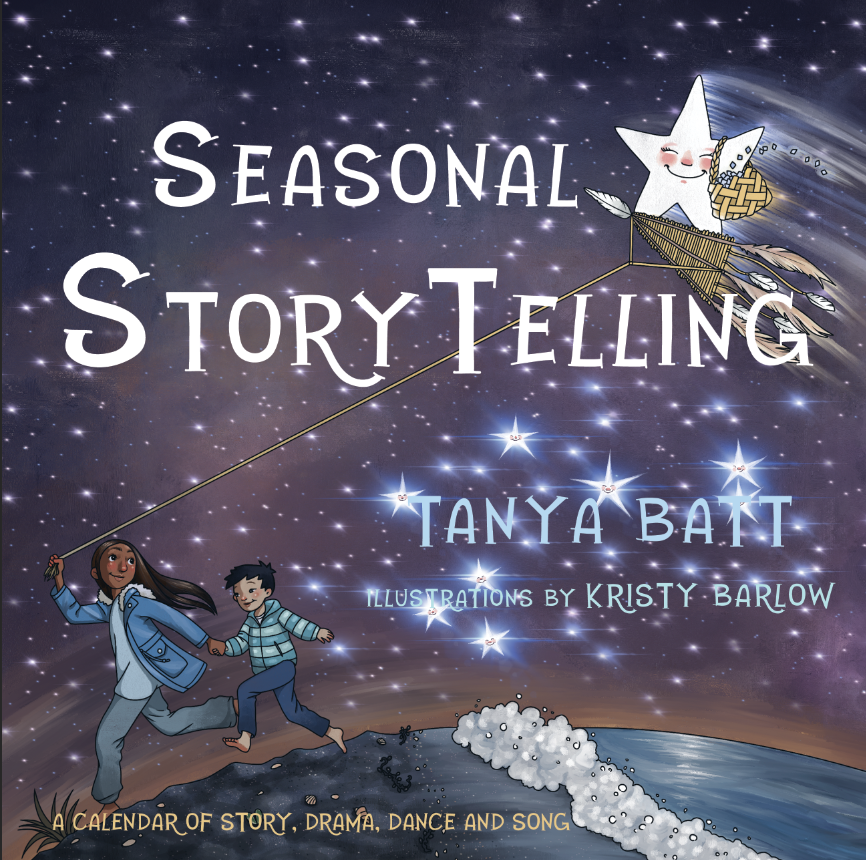

Belinda Whyte
Belinda Whyte is the Resource Teacher of Literacy for the Horowhenua region, based in Levin. She is passionate about helping students to love literacy and enabling them access to good books and effective instruction. As a judge of the 2024 New Zealand Children and Young Adult’s BookAwards, she relished being able to indulge in her love of books and reading.



